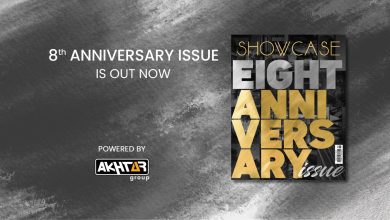Upholding our culture within the space’- Folklore Museum and Research Center
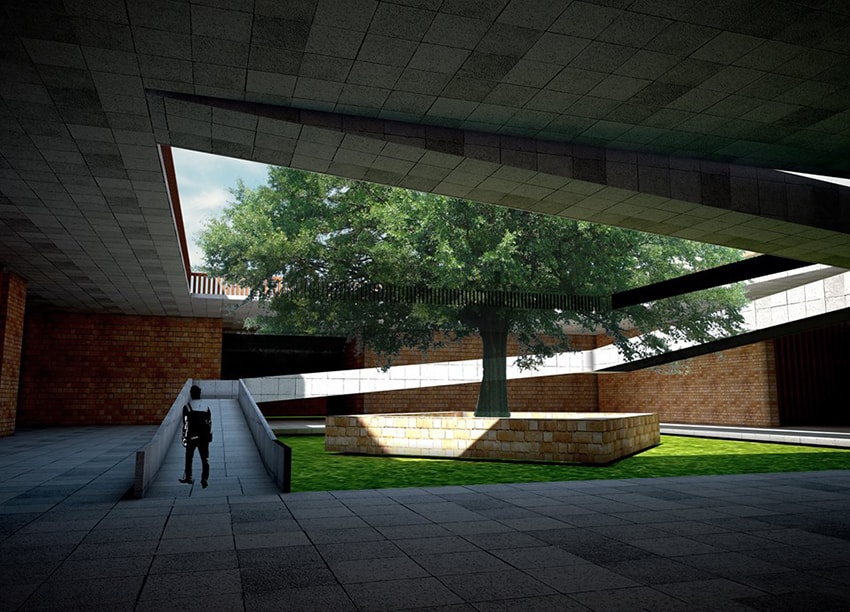
The word ‘Folk’ means common people of the country. ‘Lore’ means learning special knowledge from the past. Conjoining these two words; ‘Folklore’; defines the culture which has been practiced by the local people through the centuries in their daily life. It is reflected in their music, song, art, craft, and various festive.
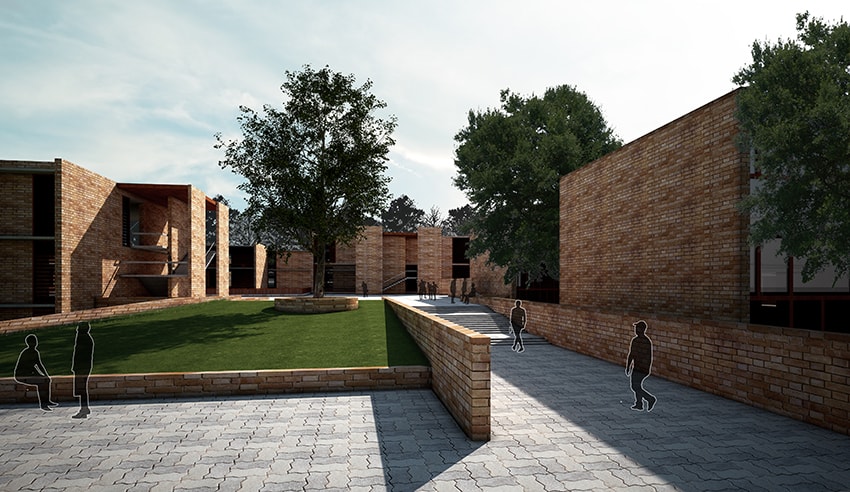
The correct definition of folklore is the collection of beliefs, customs and traditions that people pass on from generation to generation. Folklore has been around since the beginning of time. It includes fairy tales, legends, myths, dances, games, riddles and superstitions etc. With an area of 7.2 acres at Rajshahi, this project is based on the study of Bangladesh rich and diversified folklore culture proposed by Md. Sakib Hossain, student from the University of Asia Pacific, UAP. This studio project was monitored by professor Shamsul Wares.
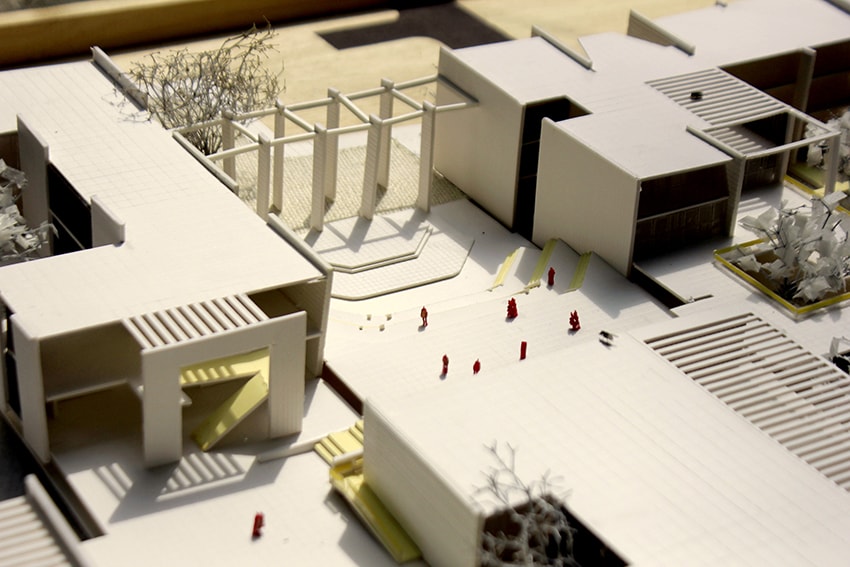
Folklore is the body of expressive culture, including tales, dance, music, legends, oral history, proverbs, jokes, popular beliefs, customs and so forth within a particular population comprising the traditions of that culture, subculture or group. It is also the set of practices through which those expressive genres are shared. The academic and usually ethnographic study of folklore is sometimes called folkloristic.
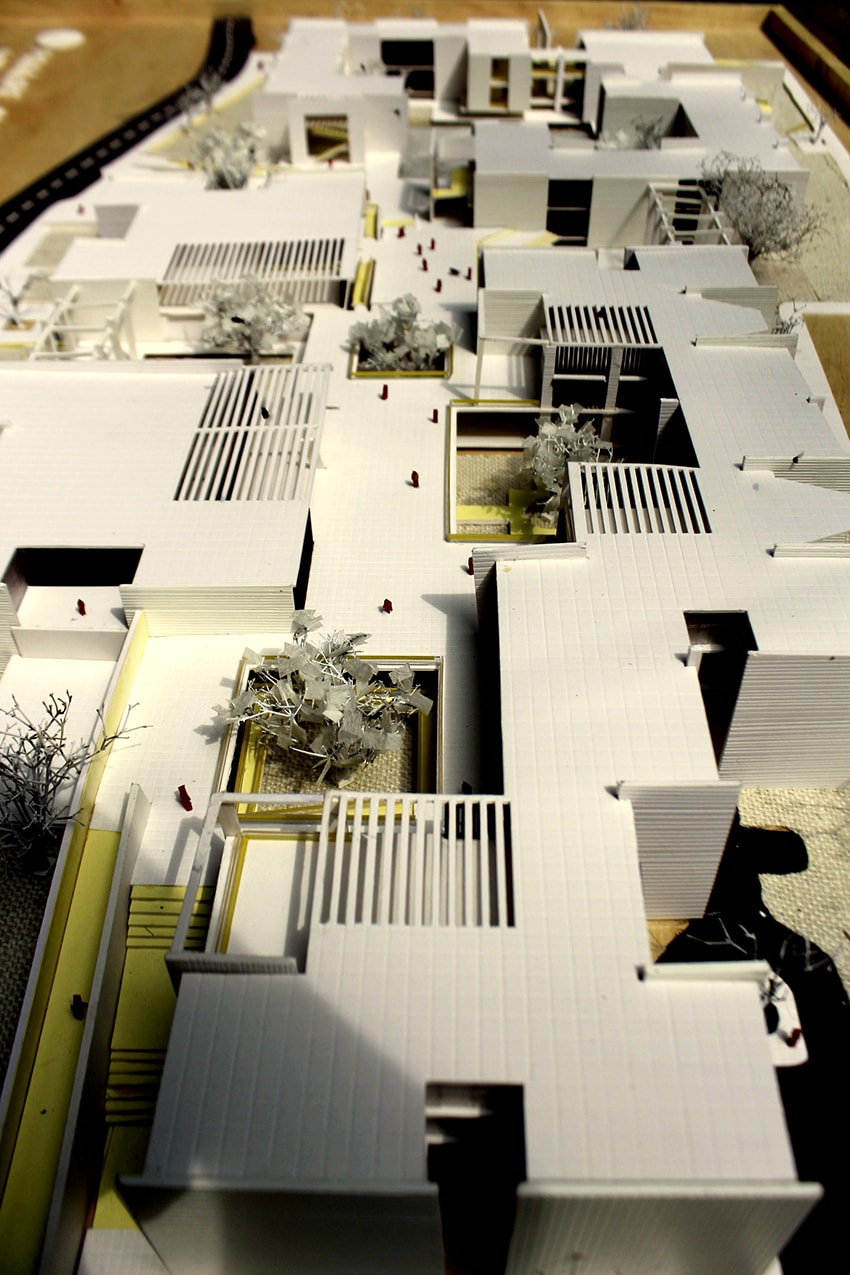
Folklorists live and work throughout the world. They include students, teachers, scholars, consultants, community organizers, educators and public agency professionals. Folklorists’ interests range from local family traditions to transitional issues of ethnic conflict from publications to public programming, from the performing to the visual arts, from everyday life to communities’ most special occasions and from research to public policy. Society members publish scholarly articles, in depth books and engaging exhibition catalogues. They produce award winning documentary films and recordings as well as nationally recognized radio programs. They also develop interpretive programs for all ages. The project aims to identify and conserve their folklore and cultural heritage and to establish public policy that honors and respects cultural diversity.
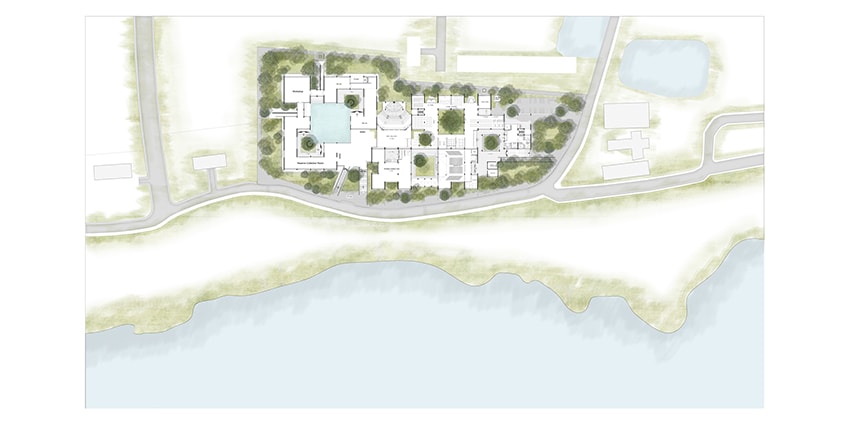
Whatever their particular interests or work, society members recognizes the value of experience – based knowledge and the importance of understanding the intersections of artfulness and everyday life. Folklorists raise the artistic, cultural, educational, historical and political questions place in the field of folklore at the leading edge of contemporary cultural issues and establish folklore as a primary field of the humanities.
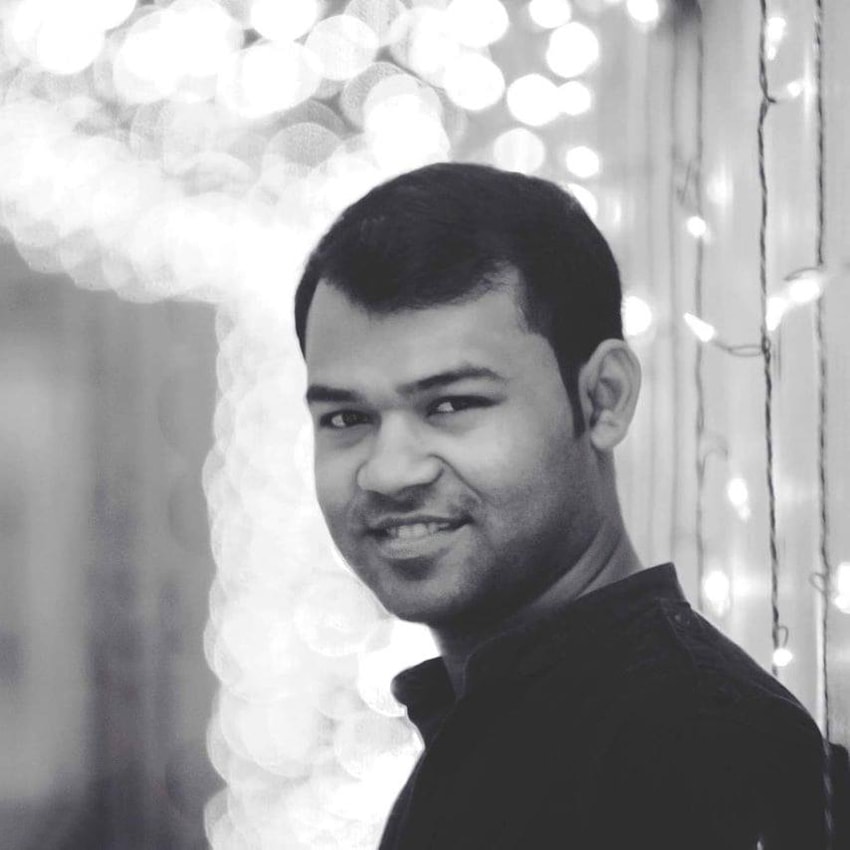
The project focuses on how the traditions passed along informally from one individual to another either through verbal instruction or demonstration. The project further focuses on how to preserve the artifacts of material land culture, and how to use them. Toward this goal the concept of the folklore museum and research center is developed.
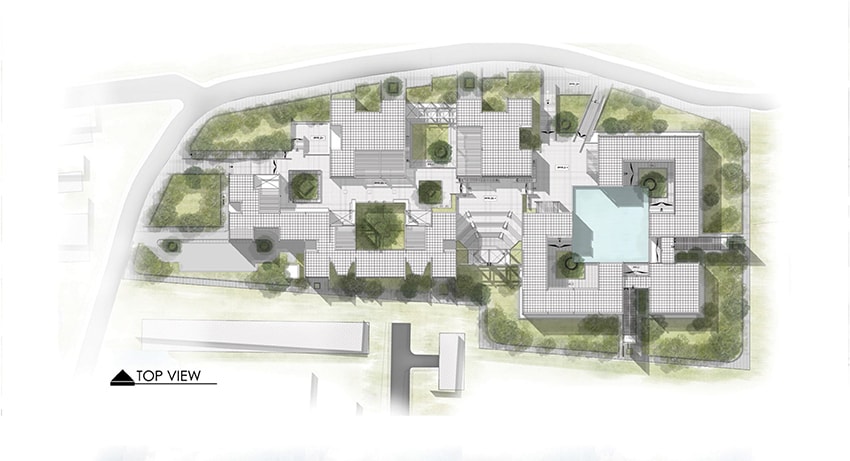
The folklore museum is created to teach and not just merely to display. Amphitheatres and auditoriums are designed for artists to show how items were used; reenacting everyday living by people from all segments of society. The site being in the recreational zone, Padma River played a visual attraction and the museum and research center is designed according that. Local material is used to depict the local culture and architecture.

